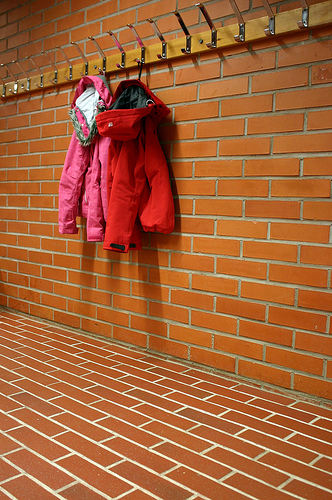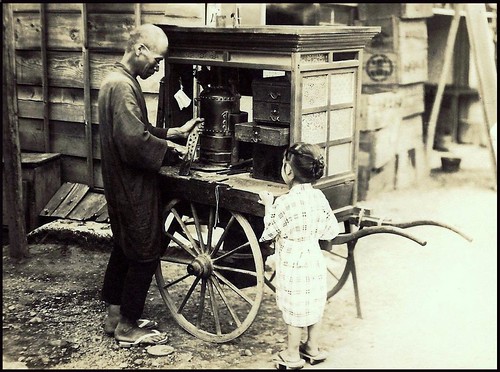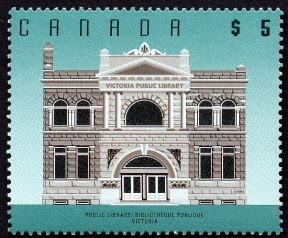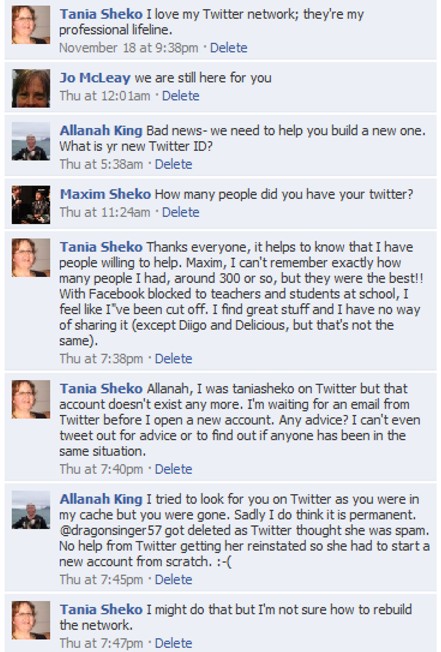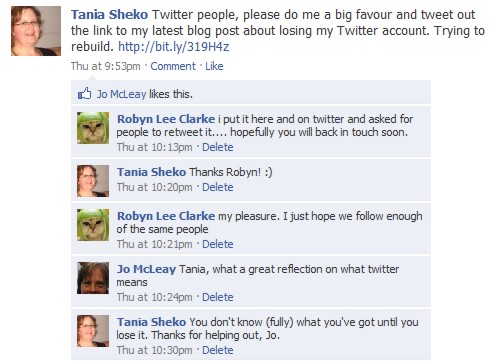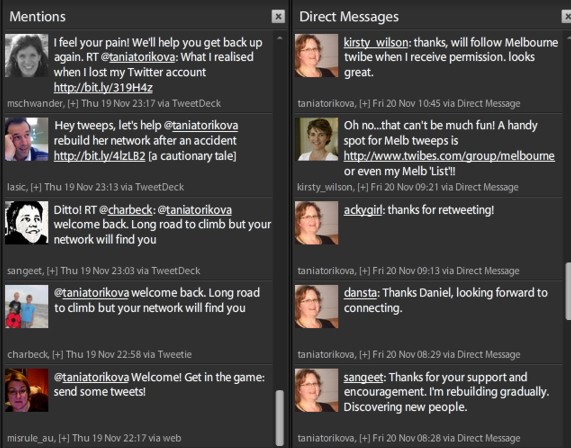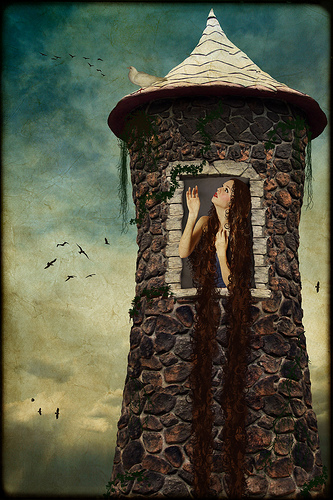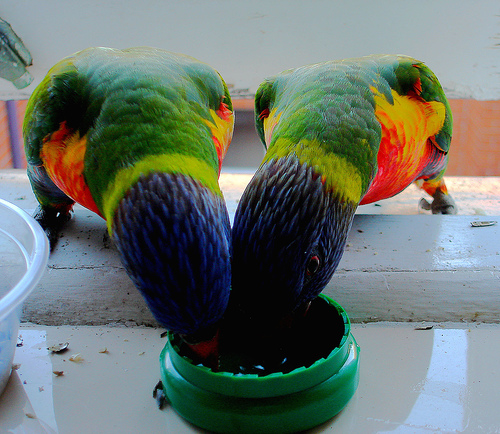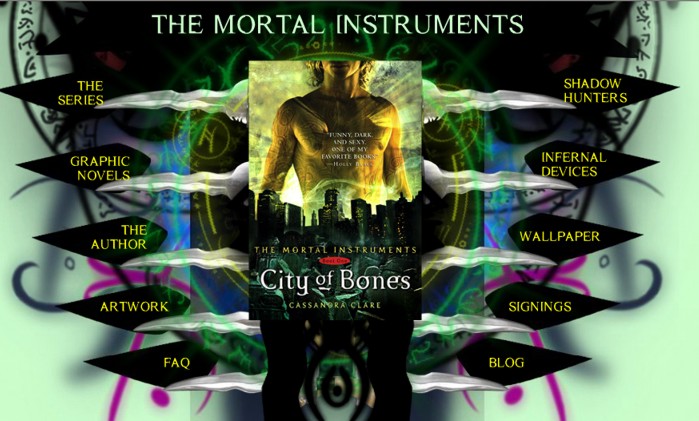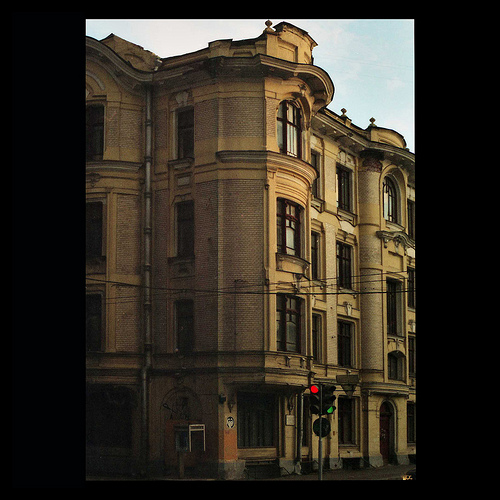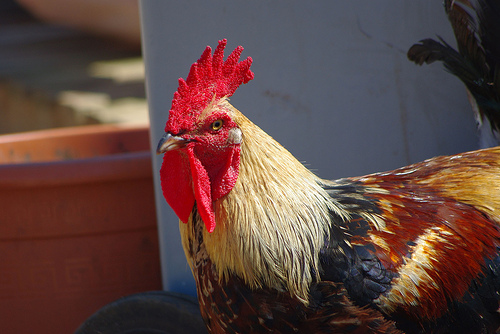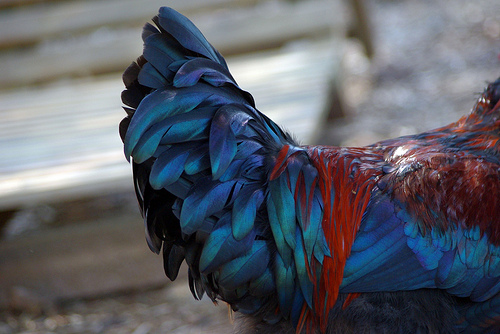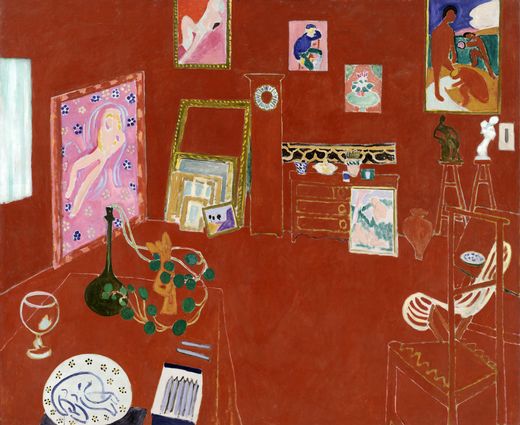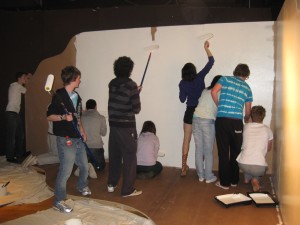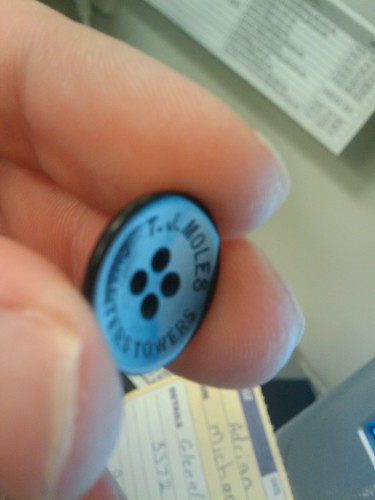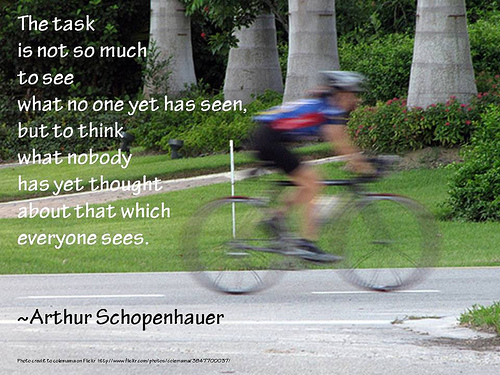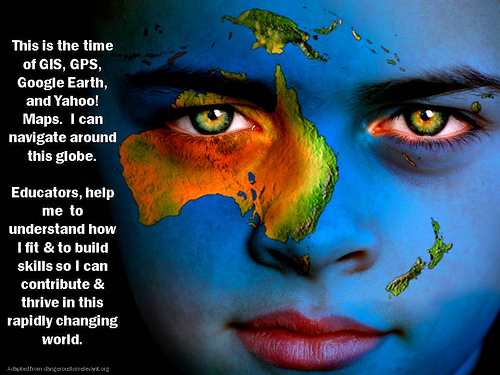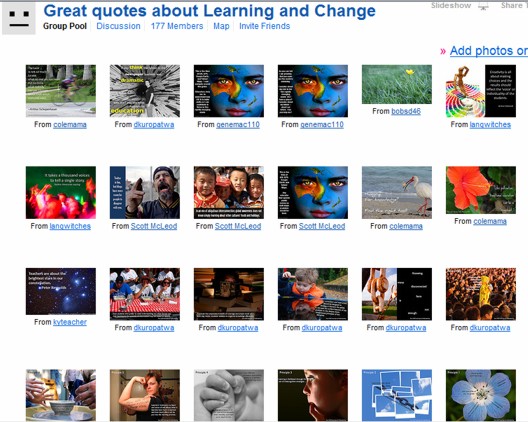Learning is not something that can be captured, predicted or assumed. It doesn’t fit neatly in a table, it’s not defined accurately in a chart, a survey, it doesn’t happen the same way for you as it does for me.
We try to prove that we understand it, control it by conducting research, analysing results, following assessment rubrics, but we should just keep our eyes open and watch. It’s happening around us, at breakfast, in the classroom, the playground, during the holidays, on the bus, and even as we sleep.
Sometimes, as educators, we think that we haven’t influenced the learning process in any of our students (or even our colleagues). We may have been too impatient, too hasty in making that assumption. Evidence of learning can surprise you at the most unexpected times.
I have to admit I wasn’t thrilled to return to school after many weeks of holiday, but it had to happen. Last year I was very happy to join forces with a dear friend, teacher of English, who was brave enough to weather the uncertainties and hazards of ning learning. We tested the Web 2.0 waters together, and made learning interactive with real-life connections and conversation for our students. It seemed that this kind of teaching and learning was not going to catch on fast.
In the first couple of days at school this year, to my delight, several teachers have approached me to help them create a ning, blog or wiki for their class. I’m stoked. I hope that this year will be as fulfilling for them and their students as it has been for me in my own participation in learning communities online: learning from each other wherever we are.
One (or even two) of our classes will be participating in a photo blog project with Marie Coleman in Florida, USA, and Sinikka Laakio-Whybrow. Inspired by our own experiences in the Flickr 365 day photo challenge (and similar projects) – and this is how we met – we wanted to try this out in the classroom. With a weekly theme for photos, we hope that students will enjoy learning from each other,, and that literacy development will naturally spring from curiosity and an exchange of cultures.
A seemingly simple task, posting a photo and writing about it, can actually be a higher order exercise. Marie’s and Sinikka’s posts attest to the depth of thought which can be achieved.
Today’s Daily Shoot also became the theme of my 365 photo:
“Let’s have some fun on a Friday. Make a photo that goes with the title (or lyrics) of a song. Interpret away!”
Another ordinary day at school, in the familiar red-brick environment. I am thinking what is the state and purpose of education today. I’m sure many students would still sign Pink Floyd’s message of not needing any education from back in 1979. At least not the same old, numbing and repetitive, factory style.
Aren’t schools still too often working like the meat grinder in the brilliant Gerald Scarfe animation of the song where kids are dropped only to spew out uniform minced meat at the other end? Is there any space for individual thinking, learning methods and goals, or chances for each individual to realize their full potential? Why does it seem that the spark, the passion, the joy and creativity are all buried and forgotten inside these walls? Can our students, in their bright pink and red coats, be themselves, and not just other bricks in the wall?
By the way, there is a Finnish expression ‘counting the ends of bricks’, meaning to serve a prison sentence. Sometimes, for me as a teacher, the brick school seems prison-like, too. There are too many outside pressures, constrictions, national assessments and rigid attitudes, which tie my hands.
While keeping an eye out for right angles (today’s @dailyshoot assignment), it became apparent that there were a large number of examples in ‘man-made’ structures. On the other hand, there were fewer (or perhaps less obvious) instances in nature and humankind.
Though there is an expectation of support from the angled structures, this cobweb’s network may exemplify the ‘real world’ much more accurately! It certainly reflects the ‘hyperlinked’ nature of today’s youth in their learning and in the interconnectivity of the Internet and all of its tendrils. The web is also much more appealing to the eye, but where would it be without the support and structure of the foundational right angles – guess we need the synergistic relationship of both!
I think these examples illustrate the depth of thinking and fluency of writing which can result from a single image selected to address criteria which still allows choice.
One more thing…
The learning that springs from passion is a wonderful thing. My elder son, who has never studied photography or even art (as an elective) at school, has recently discovered a love of photography, and is learning on the fly. He has joined Flickr groups, and has challenged himself to a daily photo blog. Just last week, he was approached by Zulya and the Children of the Underground for a photo shoot for their next album!
I’m holding onto these examples of learning in the hope of making a difference to student engagement with learning, not for grades, but for life.

